The Impala also called Rooiboks, scientifically known as Aepyceros melampus, is a graceful and iconic antelope species found in the savannas and woodlands of Africa.
Impalas are known for their reddish-brown coat, sleek body, and impressive leaping ability. They have lyre-shaped horns that are found in males and some older females. During the mating season, males engage in fierce competition for dominance, engaging in sparring contests to establish their hierarchy.
Impalas form mixed herds that can vary in size, ranging from a few individuals to large groups of hundreds or even thousands of individuals. This group behavior helps provide protection against predators and allows for effective foraging.
How to know an Impala while on safari
The Impala is reddish-brown with white hair on the chin, upper throat, underparts, and buttocks, as well as inside the ears, above each eye, and on the chin, upper throat, underparts, and buttocks. A short black line goes down the middle of the lower back to the tail, and each leg has a vertical black stripe on the back. Impalas have brush-like tufts of black hair that cover a smell gland on each hind leg just above the heel. The female is identical to the male but lacks horns. The male’s horns are gracefully formed and range in length from 40 to 90 cm.
Impalas have brush-like tufts of black hair that cover the scent gland on each hind leg just above the heel. The female is identical to the male but lacks horns. The male’s horns are gracefully formed and range in length from 40 to 90 cm.
Impala Species Profile
COMMON NAME: Impala
SWAHILI NAME: Swala Pala
SCIENTIFIC NAME: Aepyceros melampus
TYPE: Mammal
FOOD: Impalas are herbivores, primarily feeding on grasses, leaves, and shoots. They are selective grazers and browsers, and their diet varies depending on the availability of vegetation in their habitat.
HABITAT: Impalas are found in various habitats across sub-Saharan Africa, including savannas, woodlands, and grasslands. They prefer areas with a mix of open spaces for grazing and dense vegetation for cover.
SIZE: Adult male impalas stand about 75-92 centimeters (30-36 inches) at the shoulder, while females are slightly smaller. They have a length of approximately 120-150 centimeters (47-59 inches) from head to body. Male impalas have impressive, lyre-shaped horns that can reach lengths of up to 90 centimeters (35 inches).
AVERAGE LIFE SPAN IN THE NATURAL HABITAT: In the wild, impalas typically live for about 10-15 years, although some individuals can live longer.
ACTIVE: Impalas are diurnal animals, meaning they are most active during the day. They have a crepuscular feeding pattern, being most active in the early morning and late afternoon.
GESTATION PERIOD: The gestation period of impalas lasts for approximately 6-7 months. After this period, a single calf is born, and the mother keeps it hidden for a few weeks before allowing it to join a nursery group.
WEIGHT: Adult male impalas weigh around 60-75 kilograms (130-165 pounds), while females weigh slightly less, typically ranging from 40-50 kilograms (88-110 pounds).
SIZE COMPARISON TO A 6-FT MAN: Impalas are smaller in size compared to a 6-ft man. They have slender bodies and long legs, allowing them to be agile and fast runners. Their graceful appearance and reddish-brown coat, along with the distinctive black stripes on their hindquarters, make them easily recognizable.
Physical Features and Adaptations:
The impala is a medium-sized antelope characterized by its reddish-brown coat, white underbelly, and a series of vertical white stripes on its rear. Both males and females possess lyre-shaped, ridged horns, with those of males being larger and more robust. The impala has evolved several adaptations that contribute to its survival, including excellent vision, incredible jumping abilities, and an efficient digestive system to process a diverse range of vegetation.
Habitat and Distribution:
Impalas are widespread throughout sub-Saharan Africa, inhabiting a range of habitats including open savannas, woodlands, and grasslands. They are adaptable and can thrive in various ecosystems, from arid regions to areas with dense vegetation. Their distribution spans numerous countries, including South Africa, Botswana, Tanzania, Kenya, and Namibia, among others.
Behavior and Social Structure:
Group Dynamics:
Impalas are social animals and are often found in mixed-sex herds ranging from a few individuals to several dozen. These herds are usually led by a dominant male, known as a “ram,” who defends his harem of females from rival males. During the breeding season, males engage in impressive displays of dominance, including leaping and vocalizations.
Antipredator Strategies:
Impalas possess remarkable agility and speed, which serve as crucial defense mechanisms against predators. When threatened, they can achieve extraordinary vertical jumps, reaching heights of up to 3 meters (10 feet) and distances of over 10 meters (33 feet). Additionally, they rely on their keen senses, such as exceptional eyesight and hearing, to detect potential danger and respond accordingly.
Breeding and Mating:
Impalas have a distinct breeding behavior known as “rut.” During this period, dominant males establish territories and engage in intense competition for access to females. The males vocalize, perform displays, and engage in physical combat to assert their dominance. The rutting season often coincides with the rainy season, ensuring ample food resources for females during pregnancy and lactation.
Diet and Foraging:
Impalas are herbivores, feeding primarily on grasses and foliage. They are selective grazers and browsers, using their elongated snouts and agile tongues to reach and consume leaves, shoots, and other plant material. This adaptability allows them to thrive in various environments.
Conservation Status and Efforts:
The impala is currently classified as a species of “Least Concern” on the International Union for Conservation of Nature (IUCN) Red List. They are relatively abundant across their range and benefit from the protection of national parks and game reserves. However, localized declines can occur due to habitat loss, poaching, and competition with livestock. Conservation efforts aim to preserve their habitats, implement sustainable land management practices, and combat illegal hunting to ensure the long-term survival of this iconic antelope.
One of the Most Hunted Antelopes in Africa
Impalas are the second most abundant species hunted for biltong and one of the most regularly hunted antelope on hunting safaris not only in Tanzania but also across Africa in countries like Kenya, South Africa, Zambia, Botswana, Namibia, Zimbabwe, Malawi, and Mozambique. Poaching on the fringes, and even inside protected areas, is jeopardizing stable populations, as is agro-pastoral growth.
Aepyceros melampus
TheAepyceros melampus (impala’s) elegance, remarkable agility, and social dynamics make it a captivating symbol of the African savanna. Its ability to adapt to diverse habitats and employ effective antipredator strategies showcases the remarkable resilience of wildlife in dynamic ecosystems. By supporting conservation initiatives, promoting sustainable land use practices, and raising awareness about the importance of protecting the impala and its habitat, we can contribute to the preservation of this iconic species and the rich biodiversity of Africa’s savannas.
Impala Adaptations:
Impalas (Aepyceros melampus) are magnificent antelopes that have evolved a range of adaptations to survive and thrive in the challenging habitats of the African savanna. From their physical characteristics to their behavioral strategies, impalas have developed remarkable traits that contribute to their success. Let’s explore some of the key adaptations of these graceful animals:
1. Speed and Agility: Impalas are built for speed and agility, allowing them to swiftly navigate their surroundings and evade predators. With their long, slender legs and lightweight bodies, they can reach impressive speeds of up to 60 miles per hour (97 kilometers per hour). Their ability to change direction rapidly helps them navigate through dense vegetation and make sudden escapes when faced with danger.
2. Alertness and Senses: Impalas possess keen senses that enable them to detect potential threats in their environment. Their large, prominent eyes provide excellent vision, allowing them to spot predators from a distance. They also have well-developed hearing, which helps them pick up the subtle sounds of approaching danger. With these acute senses, impalas can quickly respond to potential threats and take evasive action.
3. Coat Coloration: The reddish-brown coat coloration of impalas serves as effective camouflage in their natural habitat. This color blends well with the savanna vegetation, making it harder for predators to spot them. Additionally, impalas have a unique pattern of black stripes on their hindquarters, which may help disrupt their outline when moving through the grasslands.
4. Leaping Ability: Impalas are renowned for their exceptional leaping ability, which allows them to overcome obstacles and escape predators. They can perform remarkable vertical jumps of up to 10 feet (3 meters) and horizontal leaps of over 30 feet (9 meters). This impressive leaping capability helps them navigate uneven terrain and cross obstacles such as fallen logs or streams.
5. Group Behavior: Impalas exhibit a social structure that contributes to their survival. They form herds consisting of females, young ones, and a dominant male, known as a “harem.” This group behavior provides collective protection against predators, as more individuals can be vigilant and alert to potential threats. The alarm calls of one impala can alert the entire herd, enabling a synchronized response to evade danger.
6. Dietary Adaptations: Impalas have adapted to feed on a wide range of vegetation found in their habitat. They are primarily grazers, consuming grasses, but they also browse on leaves, shoots, and fruits. This dietary flexibility allows them to utilize available food resources and adjust their feeding patterns according to seasonal variations.
Thriving in the African Savanna
These adaptations collectively contribute to the survival and success of impalas in the African savanna. Their speed, agility, alertness, and social behavior provide them with a strong defense against predators, while their physical attributes enable them to navigate the challenging terrain. Impalas are a testament to the incredible adaptability of wildlife in their natural habitats.
Best Places to See Impalas in Tanzania:
Impalas (Aepyceros melampus) are widespread across Tanzania, making them relatively easy to spot during a wildlife safari. These graceful antelopes can be found in various national parks and protected areas throughout the country. If you’re eager to observe impalas in their natural habitat, here are some of the best places to encounter them in Tanzania:
1. Serengeti National Park:
Known for its vast open plains and incredible wildlife diversity, Serengeti National Park is a prime destination to see impalas. They can be found grazing in the grasslands, particularly in the central and southern regions of the park. The Serengeti offers a unique opportunity to witness impalas in the midst of the Great Wildebeest Migration, as they move in large numbers alongside the wildebeests and other migratory herbivores.
2. Tarangire National Park:
Located in northern Tanzania, Tarangire National Park is renowned for its impressive elephant herds and baobab-dotted landscapes. It is also home to a significant population of impalas. While exploring Tarangire, keep an eye out for impalas near the riverbanks and open grassy areas. They are often seen in mixed herds alongside other antelope species, such as zebras and gazelles.
3. Lake Manyara National Park:
Lake Manyara National Park is a picturesque park famous for its tree-climbing lions and abundant birdlife. Impalas can be found here in the grassy plains and woodlands. As you drive through the park, scan the surroundings for impalas grazing or resting beneath the shade of acacia trees. Their reddish-brown coats and black stripes make them easily identifiable.
4. Ngorongoro Conservation Area:
The Ngorongoro Conservation Area, including the Ngorongoro Crater, is a UNESCO World Heritage Site and a unique ecosystem that supports a diverse range of wildlife. Impalas can be spotted in the open grasslands of the crater floor, along with other grazers such as zebras and wildebeests. The crater provides an intimate setting to observe impalas up close and appreciate their graceful movements.
5. Ruaha National Park:
Situated in southern Tanzania, Ruaha National Park is the country’s largest national park and offers a more off-the-beaten-path experience. Impalas can be found throughout the park, particularly near riverbanks and in the open plains. Ruaha’s rugged landscapes and diverse habitats make it an excellent destination to observe impalas in a less crowded and more secluded setting.
The Graceful Antelopes of the Plains
These are just a few of the many locations in Tanzania where impalas can be seen. However, impalas are adaptable and can be found in various other protected areas, including Selous Game Reserve, Mikumi National Park, and Katavi National Park. Remember to consult with local guides and experts to enhance your chances of encountering impalas during your Tanzanian safari adventure.
Impala Safari Tips:
Embarking on a safari adventure in Tanzania offers a thrilling opportunity to observe the magnificent impalas in their natural habitat. These graceful antelopes are known for their agility and beauty, and here are some tips to make the most of your impala safari:
1. Choose the Right Safari Destination:
Tanzania is blessed with numerous national parks and game reserves that are home to impalas. Selecting the right safari destination is crucial for encountering impalas in their natural environment. Opt for parks such as Serengeti National Park, Tarangire National Park, Lake Manyara National Park, Ngorongoro Conservation Area, or Ruaha National Park, which have significant populations of impalas.
2. Time Your Safari Well:
Impalas are active during the early morning and late afternoon when temperatures are cooler. Plan your game drives during these times for the best chances of sighting impalas. Additionally, consider visiting during the dry season (from June to October) when vegetation is less dense, making it easier to spot impalas in the grasslands.
3. Keep Your Distance and Be Patient:
When encountering impalas, it’s important to maintain a respectful distance and observe them from a safe and non-disruptive vantage point. Impalas are naturally skittish and may flee if they feel threatened. Practice patience and allow them to acclimate to your presence, ensuring you can observe their natural behavior without causing distress.
4. Bring Binoculars and a Camera:
Impalas are known for their elegant movements and striking physical features. To fully appreciate their beauty, bring a pair of binoculars to observe them up close, even from a distance. Additionally, have your camera ready to capture their graceful leaps and distinctive markings, such as their reddish-brown coats and lyre-shaped horns.
5. Learn from Knowledgeable Guides:
Enlist the expertise of experienced safari guides who have in-depth knowledge of impalas and their behavior. They can provide valuable insights into the antelopes’ habitat, feeding patterns, and social dynamics. Guides can also help identify other wildlife species that coexist with impalas, enriching your overall safari experience.
6. Observe Group Dynamics:
Impalas are social animals and often form large herds, consisting of both males and females. Take the time to observe their group dynamics, including the territorial displays of males and the interactions between different individuals. Witnessing their hierarchical structure and the mating rituals can be a captivating experience.
7. Appreciate the Surrounding Wildlife:
While on your impala safari, take the opportunity to appreciate the diverse wildlife that shares their habitat. You may encounter other antelope species, predators such as lions and cheetahs, as well as a rich variety of birdlife. Embrace the interconnectedness of the ecosystem and enjoy the beauty of Tanzania’s wildlife in its entirety.
Getting the Most Out of Your Encounter with Tanzania’s Graceful Antelopes
Remember, safaris are about immersing yourself in the natural world and observing animals in their undisturbed environment. Respect their space, follow ethical wildlife viewing practices, and leave only footprints behind.
Frequently Asked Questions about Impalas
Impalas are fascinating creatures that captivate the attention of safari-goers in Tanzania. Here are some frequently asked questions about impalas, along with their answers:
Q1: What is the average lifespan of an impala?
A1: In the wild, impalas have an average lifespan of around 10 to 15 years. However, some individuals may live longer, reaching up to 20 years in favorable conditions.
Q2: Are impalas herbivores or carnivores?
A2: Impalas are herbivores, which means they primarily feed on vegetation. They graze on a variety of grasses, leaves, shoots, and fruits, using their specialized teeth to efficiently consume plant matter.
Q3: How fast can impalas run?
A3: Impalas are renowned for their incredible speed and agility. They can reach speeds of up to 60 kilometers per hour (37 miles per hour), allowing them to escape from predators such as lions and cheetahs.
Q4: Do impalas migrate?
A4: While impalas are not known for long-distance migrations like wildebeests, they do undertake seasonal movements in search of better grazing areas and water sources. These movements are often driven by changing environmental conditions.
Q5: What are the main predators of impalas?
A5: Impalas face predation from a range of predators in their habitat. Lions, leopards, cheetahs, hyenas, African wild dogs, and crocodiles are among the primary predators that target impalas, especially the young, sick, or vulnerable individuals.
Q6: How do impalas communicate with each other?
A6: Impalas use a variety of vocalizations to communicate, including snorts, alarm barks, and grunts. These vocalizations help them alert other members of their herd about potential threats or dangers.
Q7: Are male impalas territorial?
A7: Yes, male impalas are territorial. They establish and defend their territories by marking boundaries with scent markings and engaging in displays to ward off rivals. Territory ownership provides access to mating opportunities with females.
Q8: Do impalas have any natural predators?
A8: Yes, impalas have natural predators in their ecosystem. These predators play a vital role in maintaining the balance of the ecosystem. By preying on impalas, predators help control their population and ensure the survival of fittest individuals.
Q9: Are impalas monogamous?
A9: Impalas are polygamous, with dominant males mating with multiple females during the breeding season. However, males have to compete for access to females, engaging in territorial displays and ritualized fights.
Q10: How do impalas protect themselves from predators?
A10: Impalas have several adaptations that aid in their survival against predators. They possess exceptional agility, allowing them to perform incredible leaps and rapid changes in direction to evade predators. They also rely on their keen senses of sight, hearing, and smell to detect danger and respond accordingly.
Observing impalas in their natural habitat provides a unique opportunity to witness their remarkable adaptations and behaviors. As always, it’s important to approach wildlife with respect and adhere to responsible safari practices to ensure the well-being of these magnificent animals.

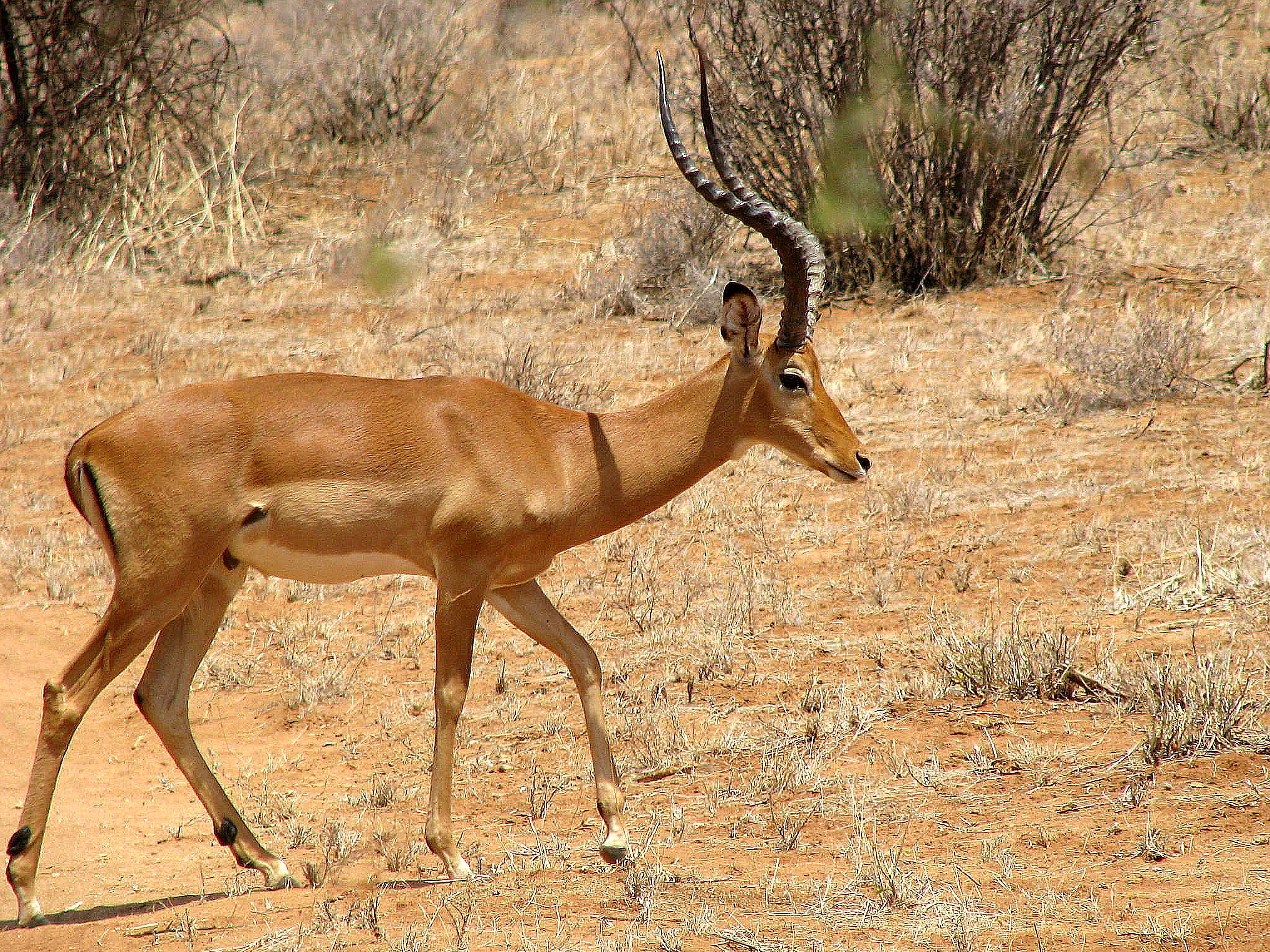
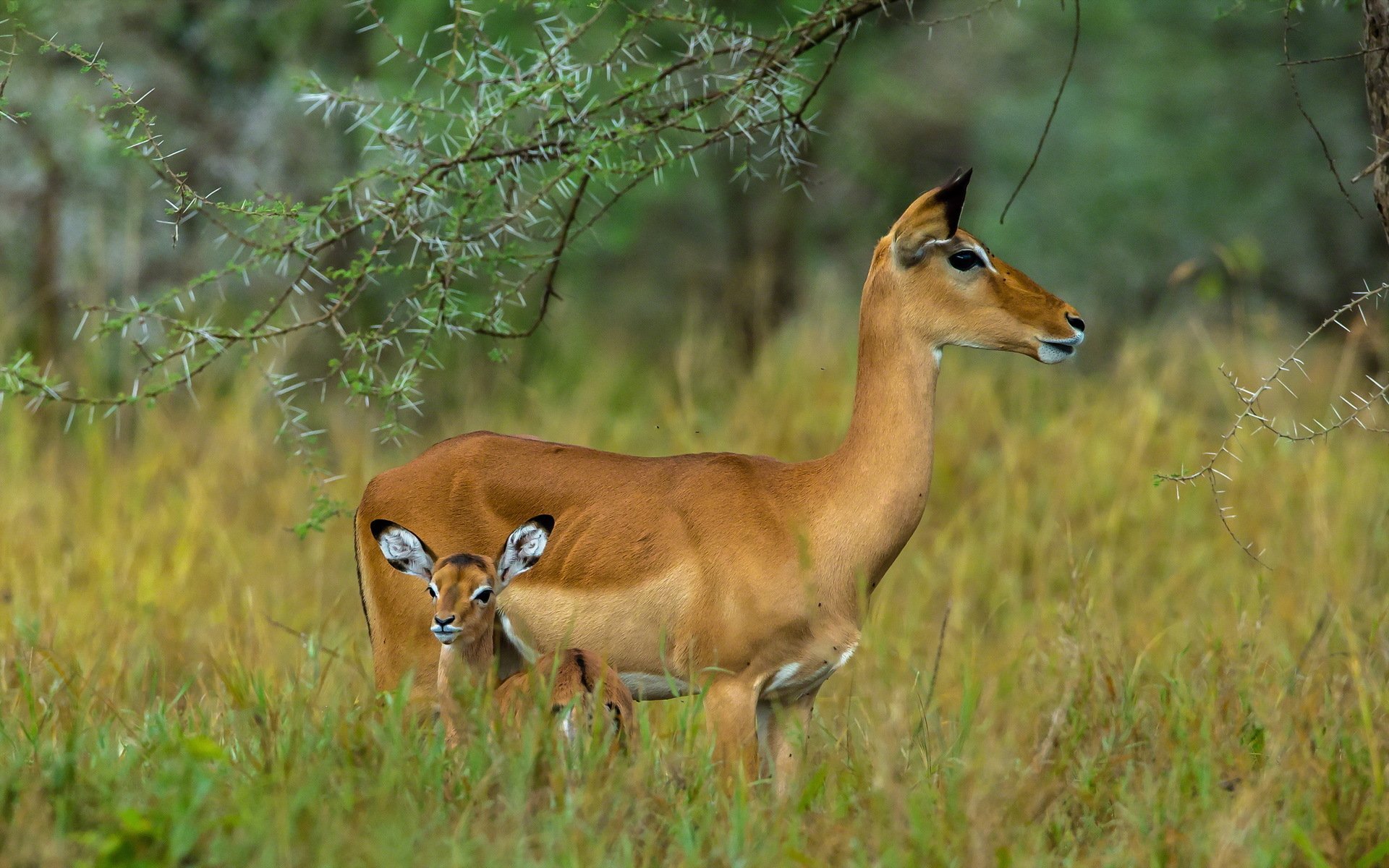
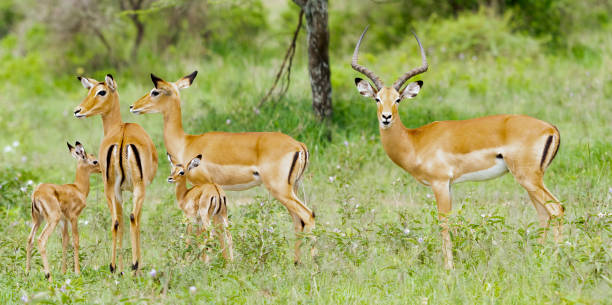
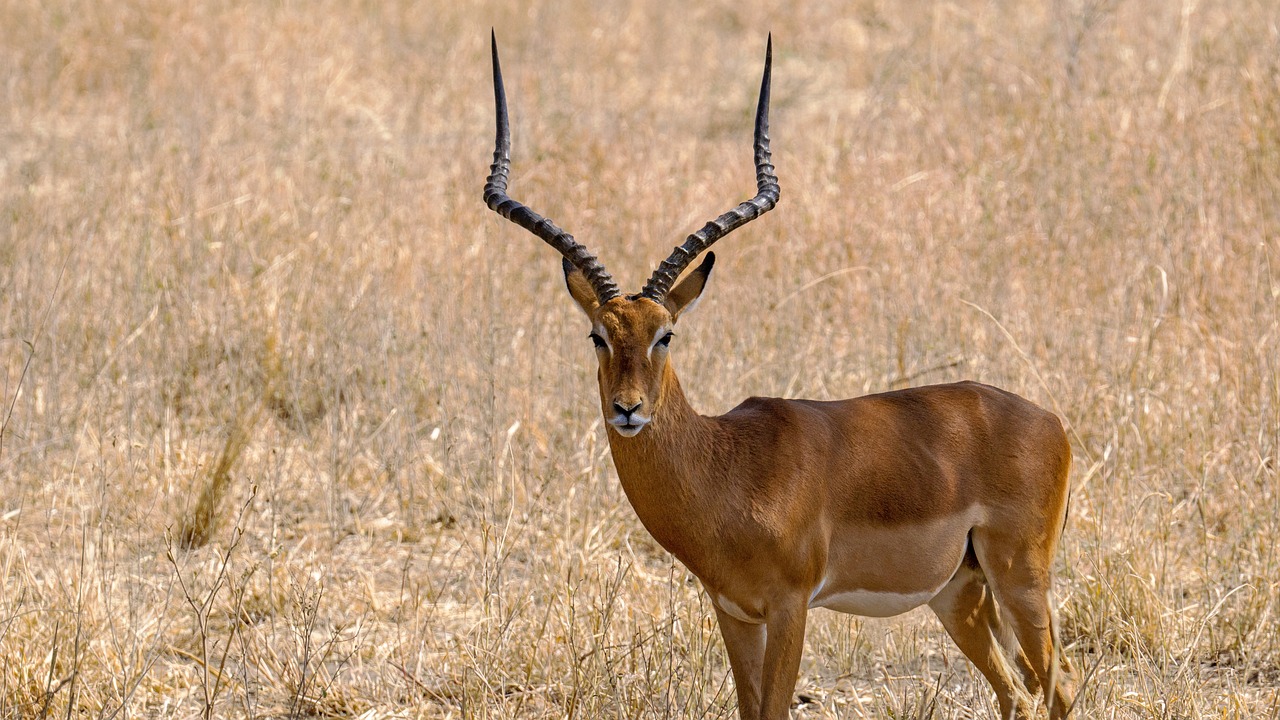
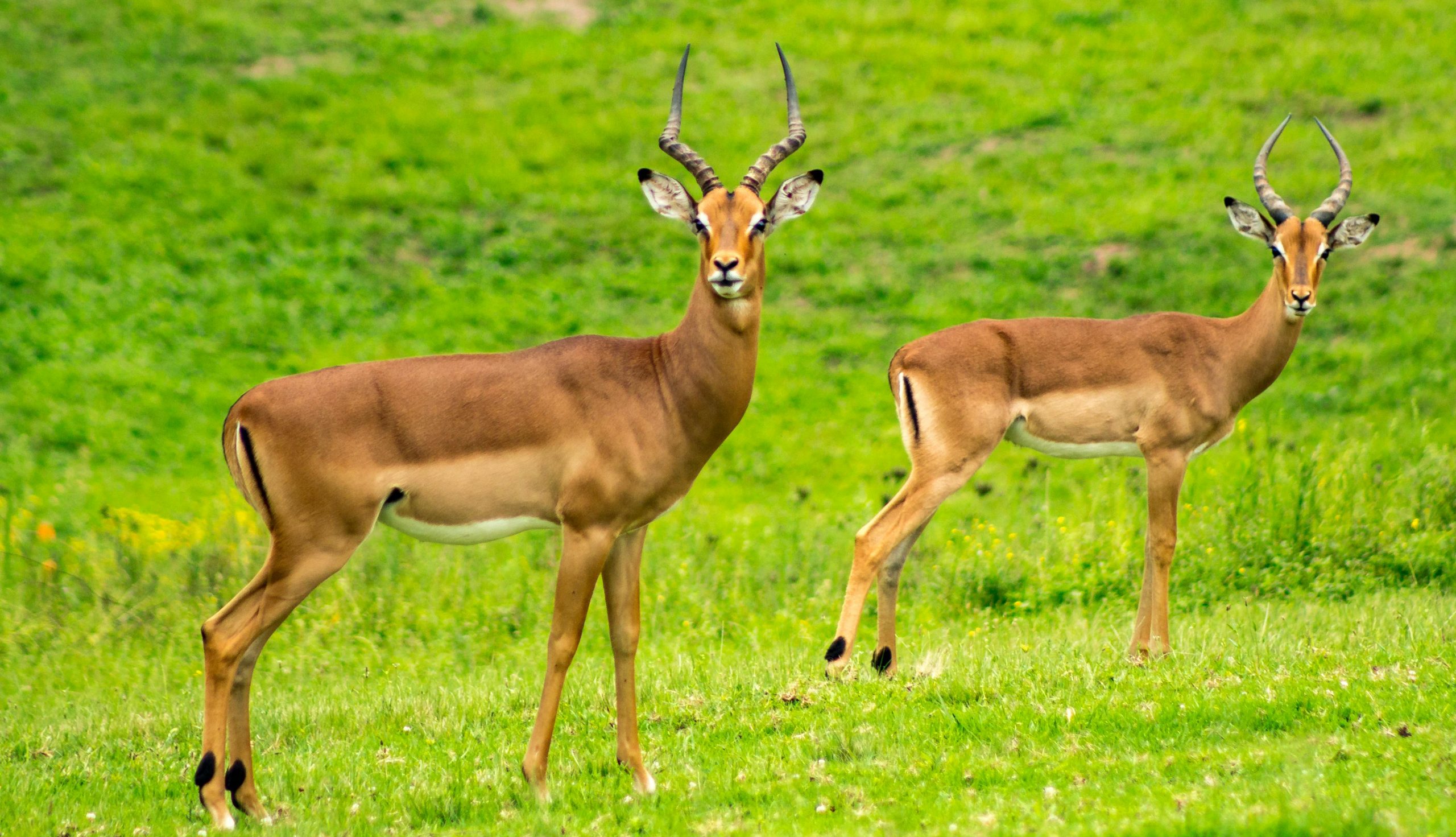

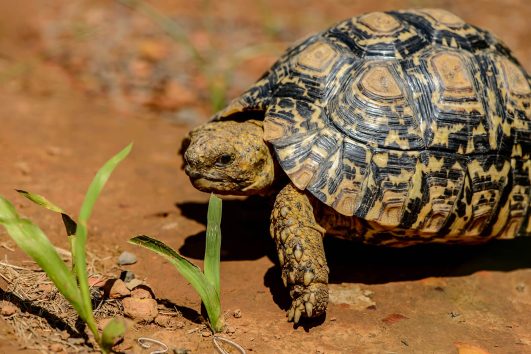
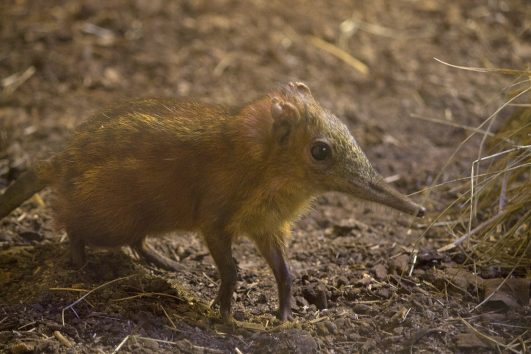
Tour Reviews
There are no reviews yet.
Leave a Review